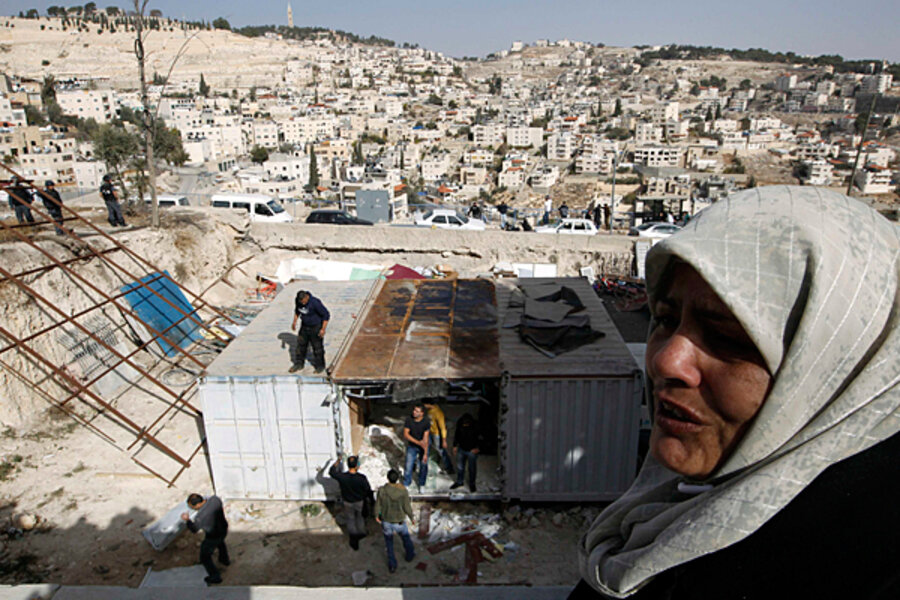Ras Al Amud, southeast of the Old City, contains two Jewish settlements, Maale HaZeitim and Maale David.
Maale HaZeitim borders the Jewish cemetery on the Mount of Olives and Moscowitz also owns this land. The first buildings were built in 1997 and a few families and single men settled there, but were ordered out by then-Prime Minister Benjamin Netanyahu. Jews were eventually allowed to resettle the area and there are now more than 50 housing units in advanced construction stages in the area.
Maale David is another settlement in Ras Al Amud, not far from Maale HaZeitim. The land formerly housed the Samaria and Judea District Police headquarters, which takes its name from the biblical names for the West Bank. It has since been moved to another part of East Jerusalem to make way for housing projects in Maale David. The current plan is a luxury apartment complex that will be connected to Maale Hazeitim via a bridge.





